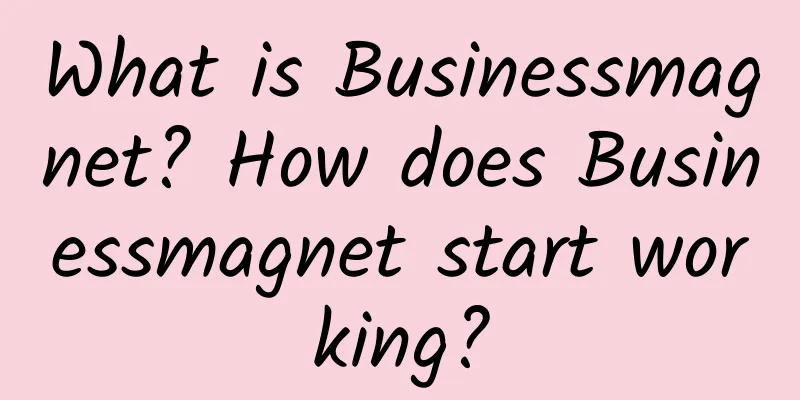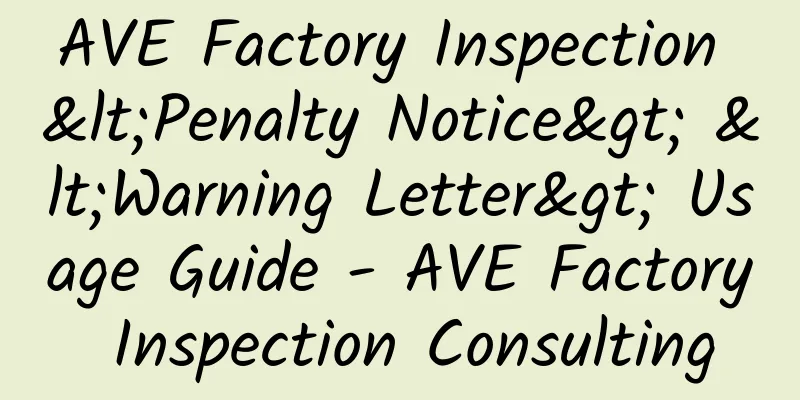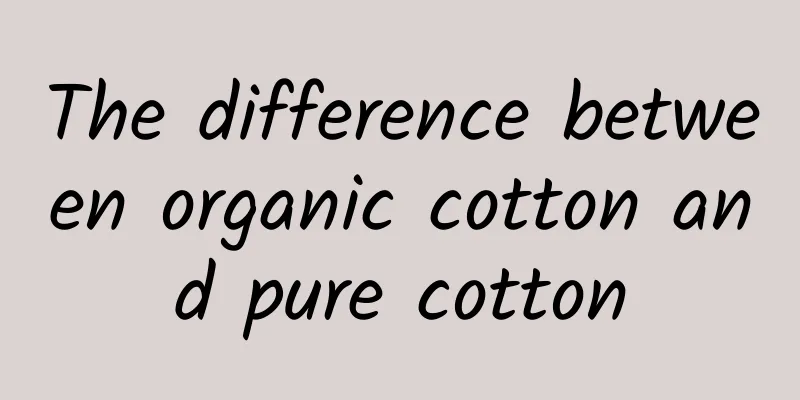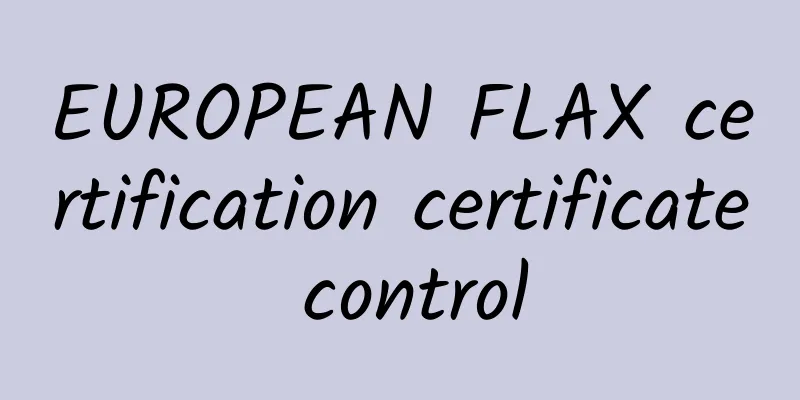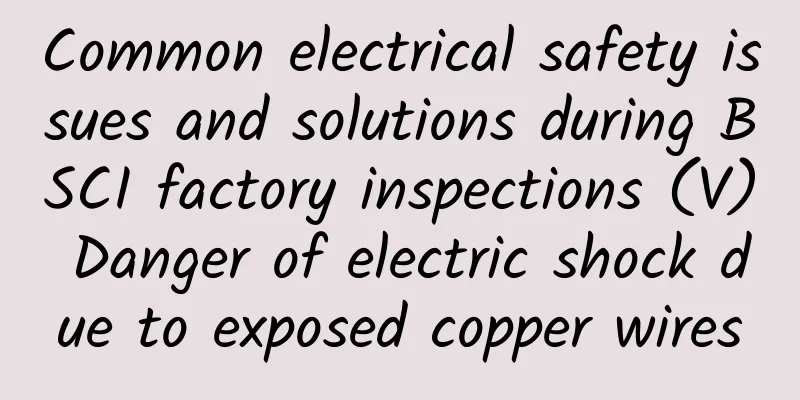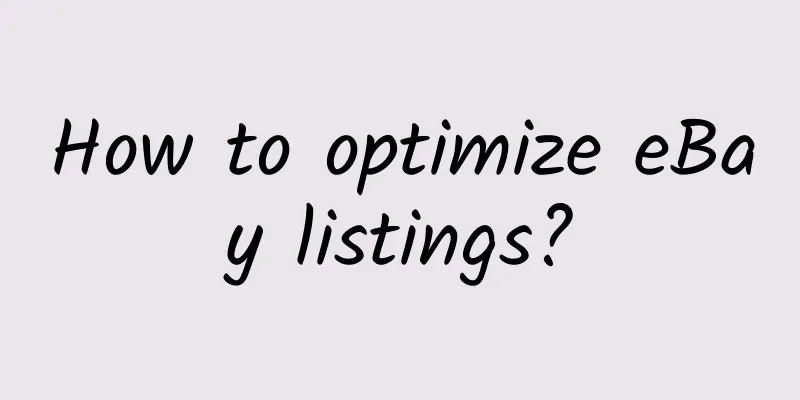Major update I CCS version change is imminent, affecting not only GRS
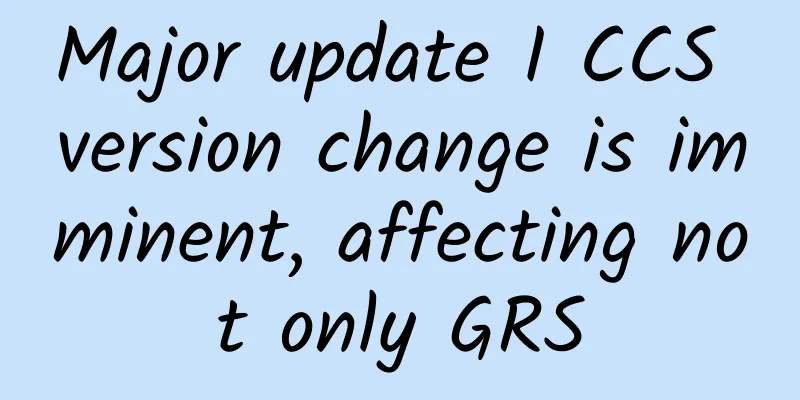
|
If we were to vote for the top ten buzzwords of the year for the TE (Textile Exchange) certification project in 2022, I believe that the first one would be "CCS 3.0". Since its release in July last year, there have been updates to TE certificate-related policies such as SC 3.0 and TC 3.0, as well as the release of other technical standards. ESTS also learned and interpreted TE standards and requirements at the first time, and shared the latest information with everyone along the way. This article will explain the implementation details and specific requirements of the CCS 3.0 update. Here are the specific details: 1. Certified companies need to conduct internal inspections every year to evaluate the operation and compliance of CCS. 2. How to perform volume reconciliation . This is not a new requirement, but the rules are clearer in CCS 3.0, for example: ❖Required units are based on standardized weight (except when final products are incoming materials); ❖ Requires the formulation of material balance calculation formulas combined with practical examples; ❖ Requires consideration of the loss factor of each process; ❖ In the calculation of textile and footwear products, if the total content of accessories that do not contain declared materials accounts for less than 10% of the total product weight, they will not be included in the content composition; 3. The certified enterprise needs to keep a list of all subcontractors and clearly define the responsibilities of both parties in the outsourcing agreement. 4. Brand certification requires the brand to establish a tracking system to trace and control the certified products. 5. Multi-site and group certification requires the establishment of an internal control system (ICS) , stipulating that the company must have an ICS representative and responsibility requirements, document records, etc. At the same time, according to TE regulations, the certified enterprise must remember to notify the certification body if there are any of the following situations: ❖ If the certified products are to be outsourced to a new subcontractor for processing, the certified enterprise shall report the subcontractor information to the certification body and obtain an updated SC certificate before outsourcing; ❖ If a company is a joint certified subcontractor of multiple companies at the same time, this situation should be notified to the certification body in advance; ❖ If the enterprise wants to produce certified products during the period from completing the on-site audit to obtaining the SC certificate (i.e. scope certificate), it should report to the certification body and obtain the approval of the certification body before production can be carried out, otherwise the products produced cannot be sold as certified products; ❖ If the enterprise suspects that the incoming materials or products do not meet the TE standards, the situation should be reported to the certification body; ❖ If a company wants to use the TE logo, whether it is product-related or market-related, it must first obtain approval from the certification body; ❖ If a multi-site or group certified enterprise wishes to add or delete sites on the certificate, it should apply to the certification body. Once again, the above requirements apply to all Textile Exchange certification projects including GRS, RCS, OCS, RDS, RWS, RMS, RAS, etc., and the mandatory effective date is July 1, 2022. At the same time, TE's new requirements for TC (Transaction Certificate) and SC (Scope Certificate) will also take effect on July 1, 2022. The relevant introduction articles are as follows: How to open a TC transaction certificate? Are there any new regulations on the issuance time of TC recently? Are you still worried about not passing the factory inspection? Don’t worry! Chaowang Consulting has been engaged in factory inspection and certification consulting for many years. We have rich experience and connections, and are familiar with the process and steps of factory inspection and certification. We can help companies solve certification problems at any time, easily deal with them, and pass them smoothly! |
<<: What are the differences between product carbon footprint and carbon verification?
>>: Ministry of Ecology and Environment adjusts carbon verification, emission reporting delayed
Recommend
All BSCI members who need factory inspection (five)
JC factory inspection consultation/certification ...
Why did Adidas lose?
Li Ning has been in an awkward position since 200...
Common electrical safety issues and solutions during BSCI factory audits (VII) Exposed wires 1
Problem phenomenon: Wires are exposed. Solution: A...
LI&Fung Company Profile
LI&Fung Company Profile LI&Fung was found...
Sedex membership price increase, effective March 1, 2018
Buyer Membership; Buyer/Supplier Membership Price...
Which is easier to do business on eBay or Amazon? From what aspects?
Amazon is the world's largest cross-border e-...
inkFrog--ebay management tool
What is inkFrog? inkFrog is a tool that helps sel...
Mattel (Mattel Factory Inspection Consulting) Growth Guidelines
Mattel (Mattel Factory Inspection Consulting) Gro...
What is Rakuten Ebates? How to register for Rakuten Ebates?
What is Rakuten Ebates? Rakuten Ebates is an Amer...
How is 7077 Russian International Logistics? What are the advantages of 7077 Russian International Logistics?
How about 7077 Russian International Logistics? G...
What is organic cotton? What are the requirements for organic cotton products?
Organic cotton is of great significance to protec...
How to perfectly connect with the new amfori BSCI platform?
Many factories have received invitations from cus...
What are the characteristics of Finland? How is the Finnish market?
What are the characteristics of Finland? Finland ...
The difference between H&M factory inspection and ZARA factory inspection
H&M uses dual supply chains to balance efficie...
The main differences between Wal-Mart factory inspection and THE HOME DEPOT factory inspection
What are the main differences between Wal-Mart fa...
